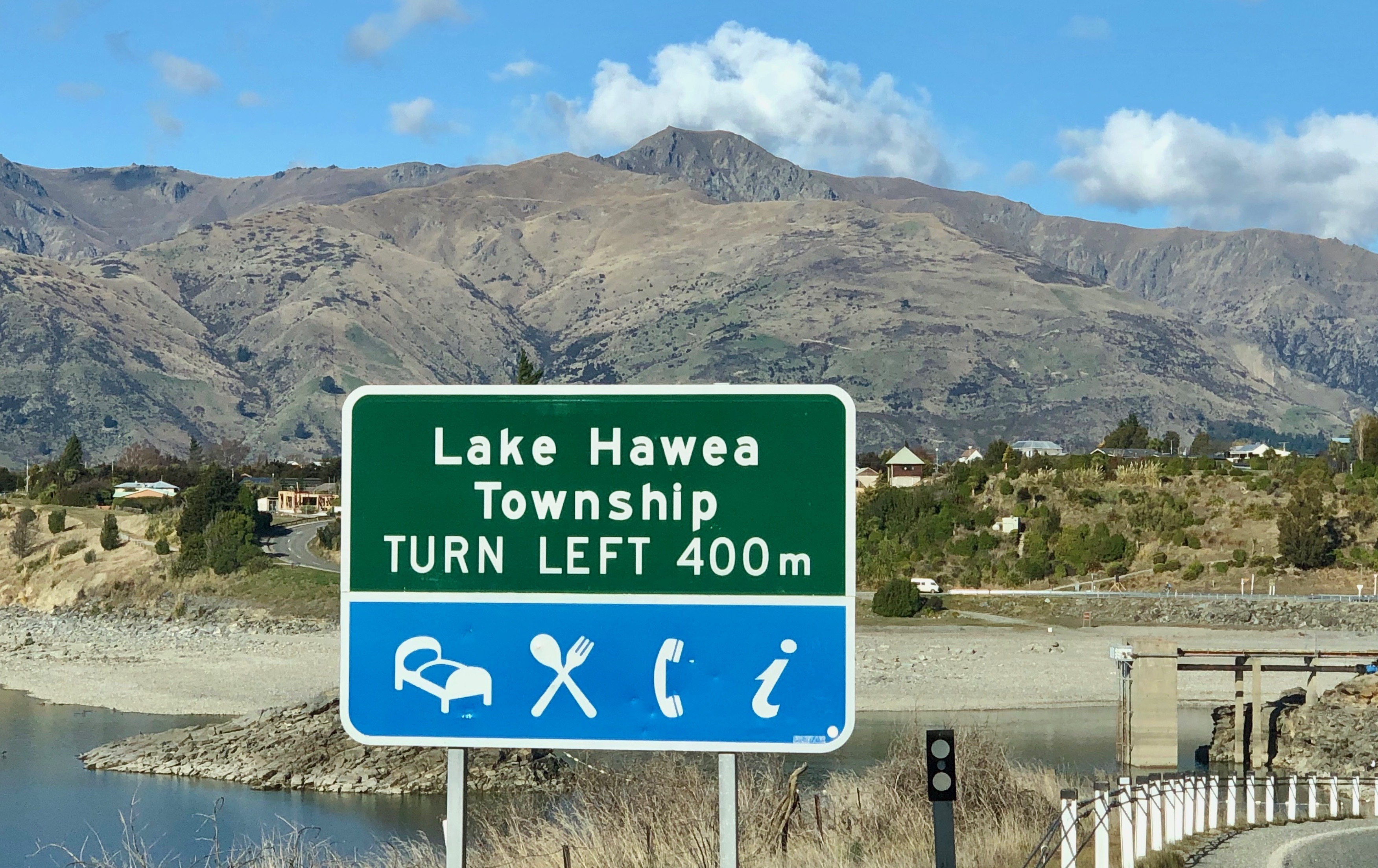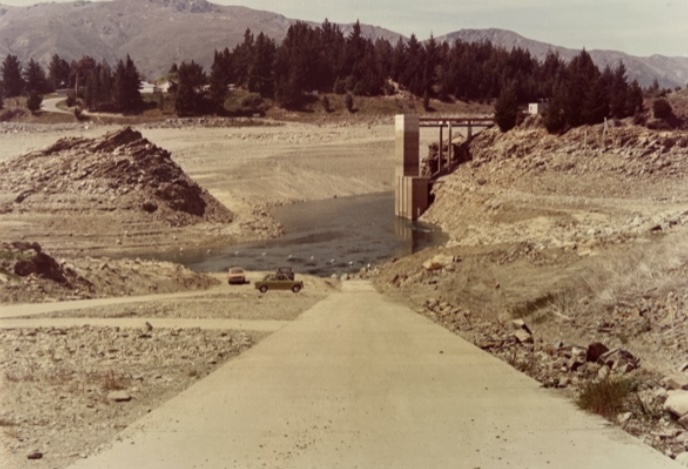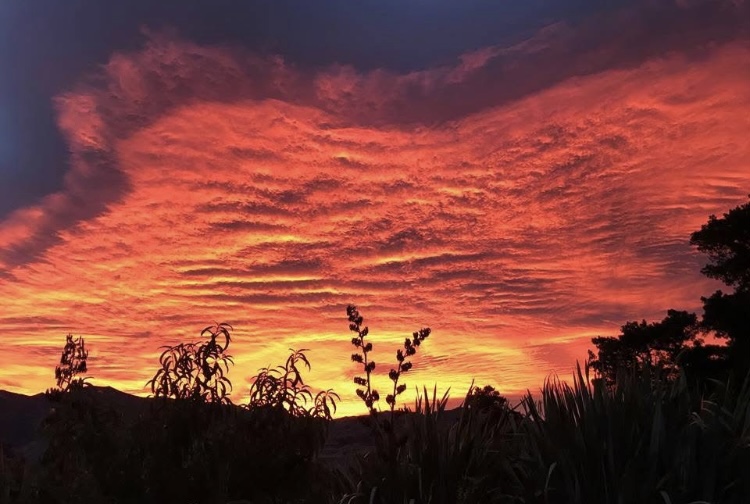Controversial lake level application submitted
Maddy Harker
27 July 2025, 5:06 PM
 Contact Energy’s proposal to reduce Lake Hāwea’s operating range has sparked concern from local environmental advocates. PHOTO: Wānaka App
Contact Energy’s proposal to reduce Lake Hāwea’s operating range has sparked concern from local environmental advocates. PHOTO: Wānaka AppContact Energy has submitted a referral application to the government as it moves forward with plans to lower the permitted level of Lake Hāwea by up to six metres.
If approved, the company will be invited to submit a full application through the new Fast Track Approvals Process, which has been criticised for limiting public input.
Contact Energy, which operates the Lake Hāwea control dam, says it wants to adjust the lake’s operating levels as part of its “broader efforts to strengthen New Zealand’s energy security”.
It is also “exploring ways to use our existing assets to better manage dry year risk and meet peak winter demand”, Contact Energy head of hydro generation Blair Croall told the Wānaka App.
Proposed changes to lake levels
The company is currently permitted to manage the lake between 338 and 346 metres above sea level (masl), with a contingency - called contingent storage - as low as 336masl in the event of a major threat to electricity supply.
The proposed changes would lower the standard operating range minimum to 336masl and the contingent storage minimum to as low as 330masl.

The Lake Hāwea boat ramp and outlet in 1978, at 327 metres above sea level. PHOTO: Taylor collection
Guardians challenge proposal
The Guardians of Lake Hāwea warn the proposal could have “devastating impacts” on the environment, lake health, and landscape amenity, with potential flow-on effects for the Hāwea aquifer — an important local water source. They are sceptical of Contact Energy’s justification.
“Contact Energy is calling their proposal the security of supply proposal which is very clever because they want to make it look like its main aim is to fix security of supply issues - whereas the main aim is to increase returns for Contact shareholders,” Guardians of Lake Hāwea chair Geoff Kernick said.
Paper questions energy benefit
The group recently prepared a paper examining some of the company’s claims, including how much additional electricity the lower lake levels would generate.
“At first glance it looks like lots of energy, but then we did some digging on what’s happened in the past when the Electricity Authority or Transpower have put conservation campaigns in place,” Geoff said.
“The savings of electricity via conservation campaigns make the amount Contact Energy will generate from the extra amount look tiny.”
He said the Guardians also found the Electricity Authority has acknowledged a changing role for hydro in New Zealand’s energy future. As more renewables are added and thermal generation is phased out, hydro is expected to serve more as a “battery” than a daily generation source.
The group’s paper says that “the amount of electricity gained from the proposed increases to operating range and contingency storage are not required”.
Greater gains, it argues, can be achieved in the short term through conservation campaigns and time-of-use pricing, and in the medium to long term through expanded renewable generation.
“Guardians of Lake Hāwea remain unconvinced that the very significant impacts… would justify the changes to the existing operating range and contingency storage,” the paper concludes.
Fast track, unclear path
Geoff said the Guardians have approached Otago Regional Council (ORC), Queenstown Lakes District Council (QLDC), and the Wānaka Upper Clutha Community Board (WUCCB) in recent months about Contact Energy’s plans.
However, because the Fast-track Approvals Process is still new - established under 2024 legislation to speed up projects deemed nationally or regionally significant - there is little clarity about how the process will unfold.
Billed by government ministers as a ‘one-stop shop’ to cut red tape, the process allows applicants to apply for all necessary approvals through a single system, bypassing standard consent pathways. Critics say it limits public input and grants too much power to ministers, who have final sign-off on major projects.
“Our understanding is the referral application goes through a process and at some point goes to QLDC and ORC and asks for comment on the application,” Geoff said.
Now that the application has been lodged, “we’re in a bit of a holding pattern”, he said.
Contact Energy told the Wānaka App it expects a response on the referral application in the coming months.
If the application advances, Blair said the company would carry out “a comprehensive assessment of potential environmental and community impacts”.
Despite having submitted a referral application, he said Contact Energy was “still in the early stages of exploring this proposal and no decisions have been made”.







